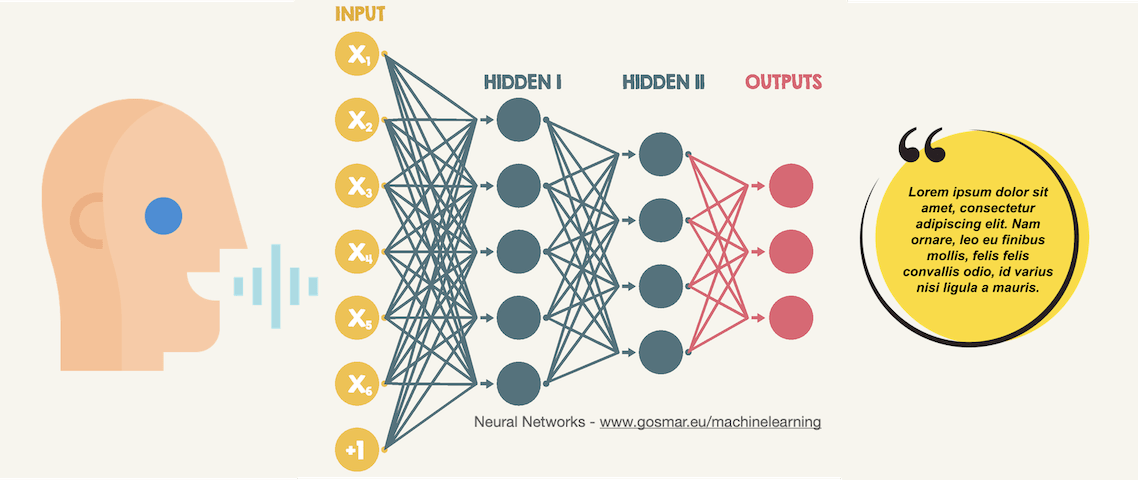

MLPs models are the most basic deep neural network, which is composed of a series of fully connected layers. Three following types of deep neural networks are popularly used today:Ī multilayer perceptron (MLP) is a class of a feedforward artificial neural network (ANN). When creating the architecture of deep network systems, the developer chooses the number of layers and the type of neural network, and training determines the weights. The two key phases of neural networks are called training (or learning) and inference (or prediction), and they refer to the development phase versus production or application. The ability to manage large datasets in the cloud made it possible to build more accurate models by using additional and larger layers to capture higher levels of patterns. “Deep” refers to functions with higher complexity in the number of layers and units in a single layer. What makes a Neural Network “Deep”?ĭeep neural network s employ deep architectures in neural networks. These pseudo neurons are collected into layers, and the outputs of one layer becoming the inputs of the next in the sequence. Neural networks target brain-like functionality and are based on a simple artificial neuron: a nonlinear function (such as max(0, value)) of a weighted sum of the inputs. Inspired by this intuition, artificial neural network models are composed of units that combine multiple inputs and produce a single output. The complexity of multiple inputs is reduced by categorizing its input patterns. On a high level, a biological neuron receives multiple signals through the synapses contacting its dendrites and sends a single stream of action potentials out through its axon. Concept of Deep Neural Networksĭeep neural network models were originally inspired by neurobiology.

The success of deep neural networks has led to breakthroughs such as reducing word error rates in speech recognition by 30% over traditional approaches (the biggest gain in 20 years) or drastically cutting the error rate in an image recognition competition since 2011 (from 26% to 3.5% while humans achieve 5%). DNN are often incorrectly confused or used interchangeably. A deep neural network (DNN) is an artificial neural network (ANN) with multiple layers between the input and output layers.

During th e past decades, machine learning has brought enormous influence on our daily life with examples including efficient web search, self-driving systems, computer vision, and optical character recognition (OCR).Įspecially, deep neural network models have become a powerful tool for machine learning and artificial intelligence. Machine learning techniques have been widely applied in various areas such as pattern recognition, natural language processing, and computational learning. In particular, we will cover the following neural network types: Such deep neural networks (DNNs) have recently demonstrated impressive performance in complex machine learning tasks such as image classification or text and speech recognition. This article will explain the differences between the three types of neural networks and cover the basics of Deep Neural Networks.


 0 kommentar(er)
0 kommentar(er)
